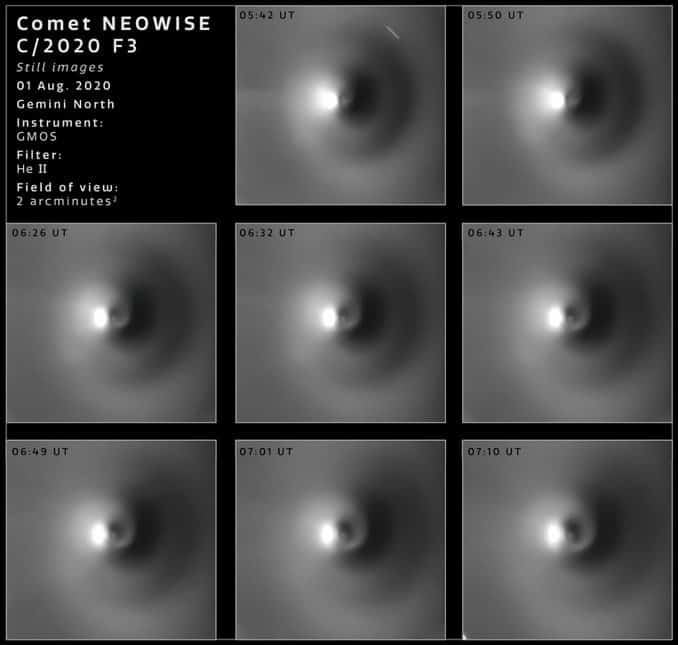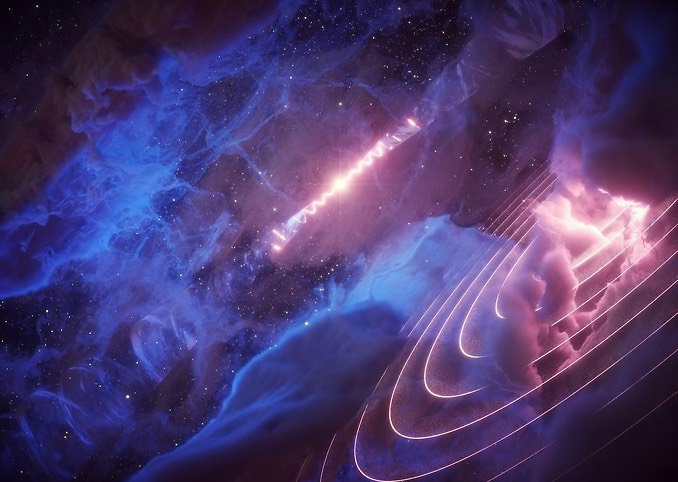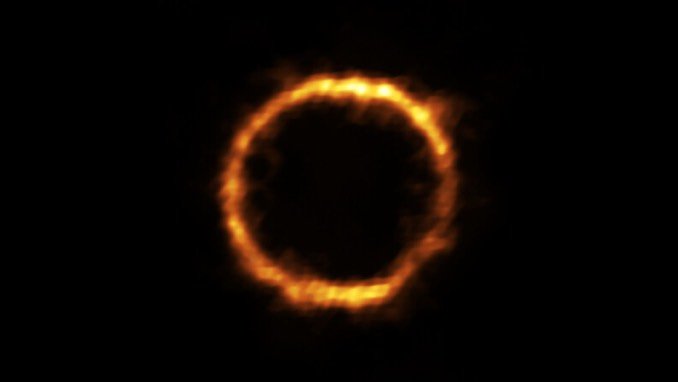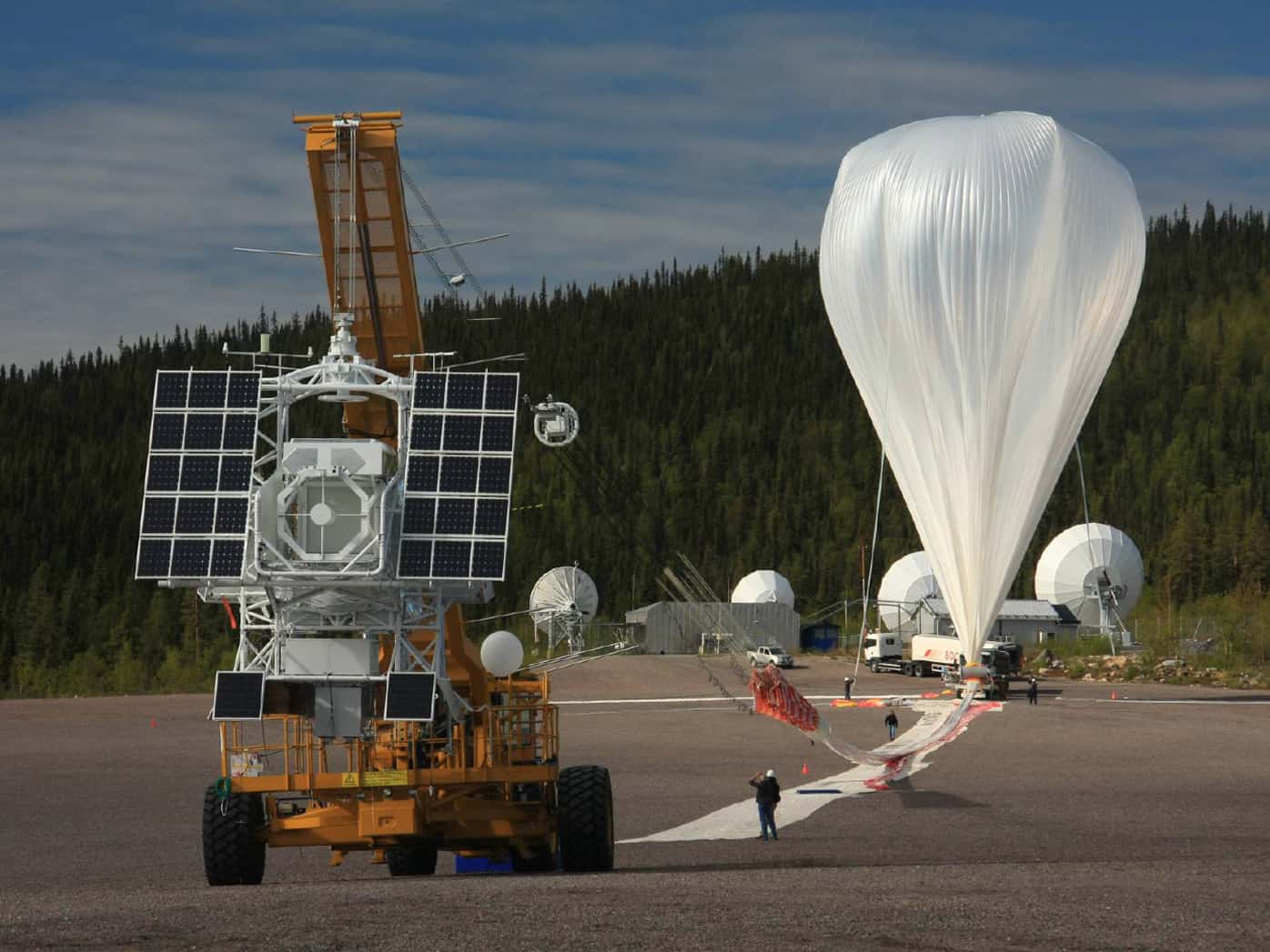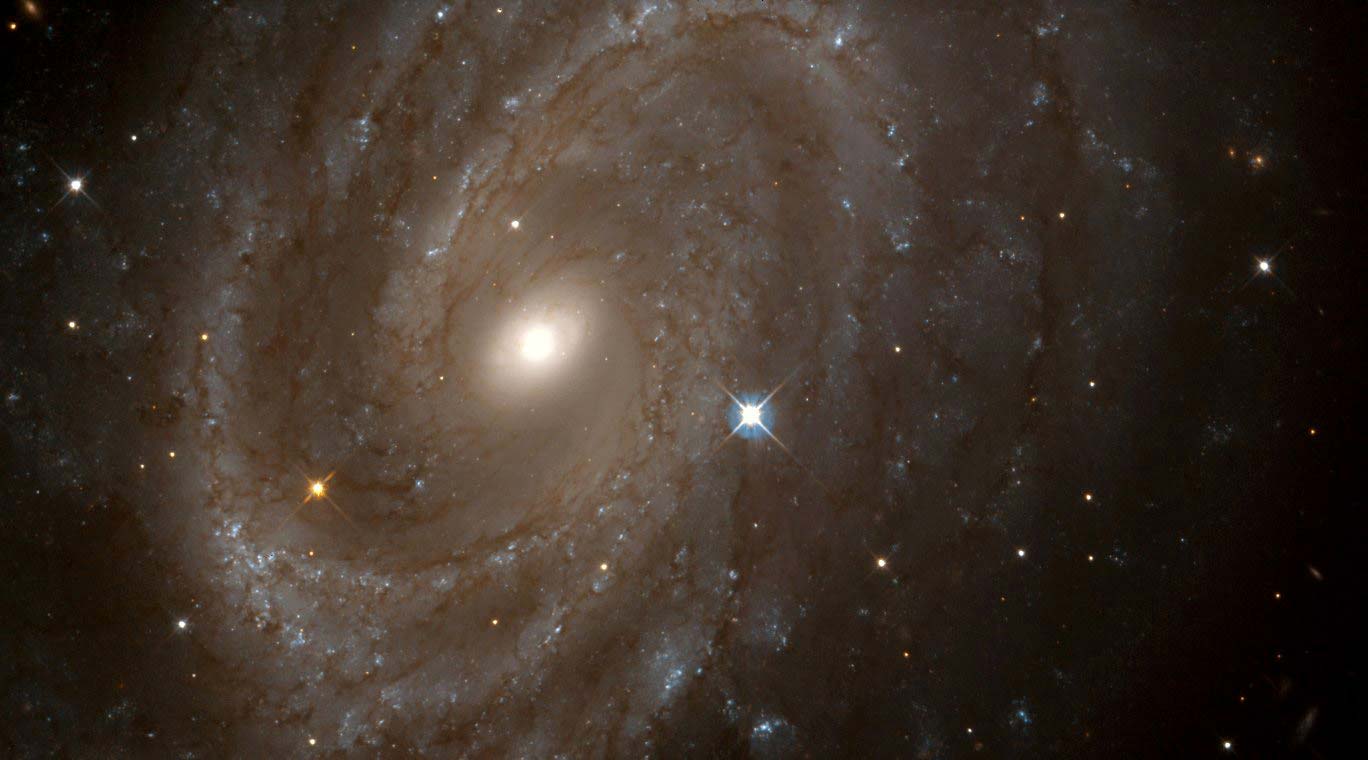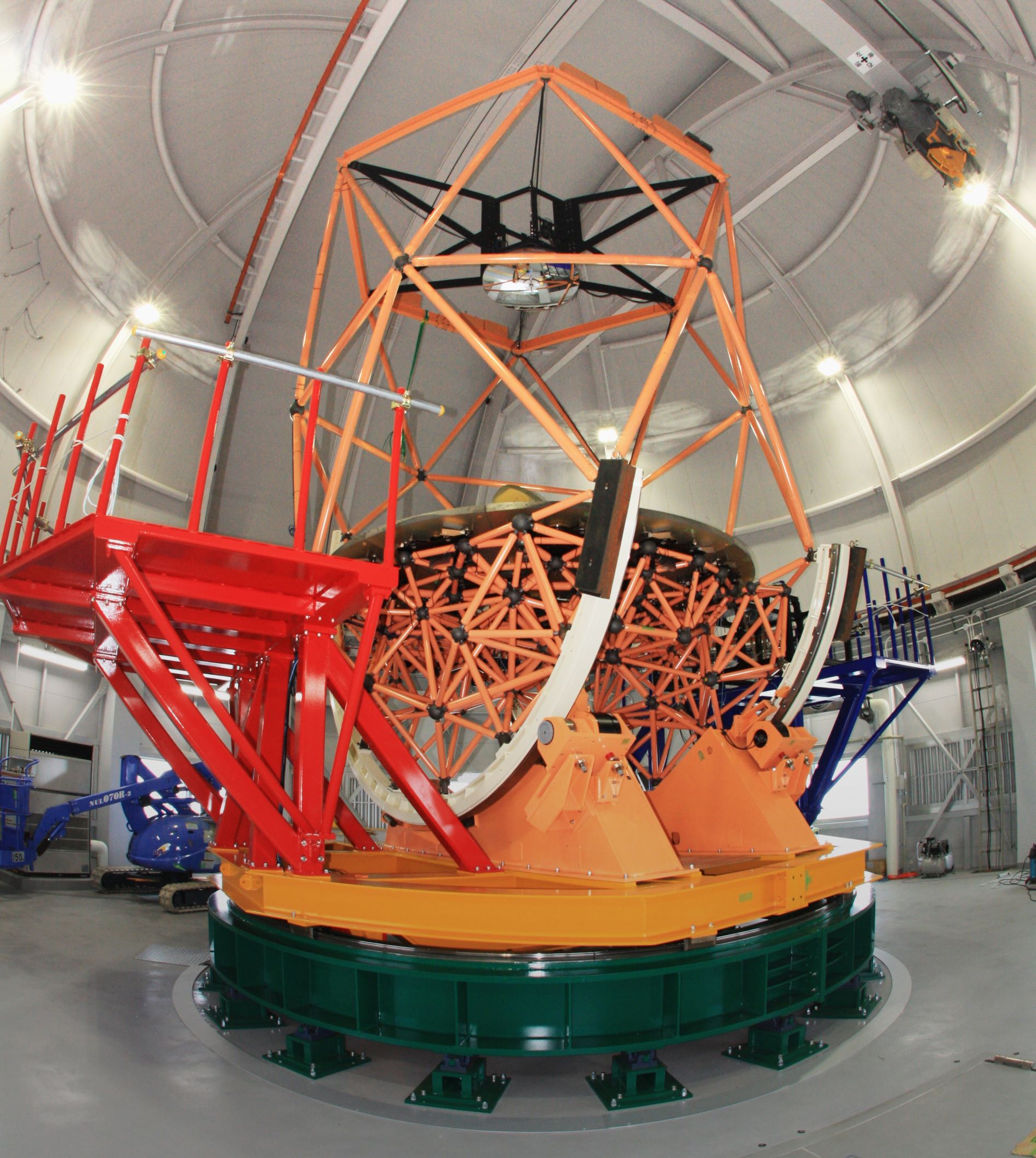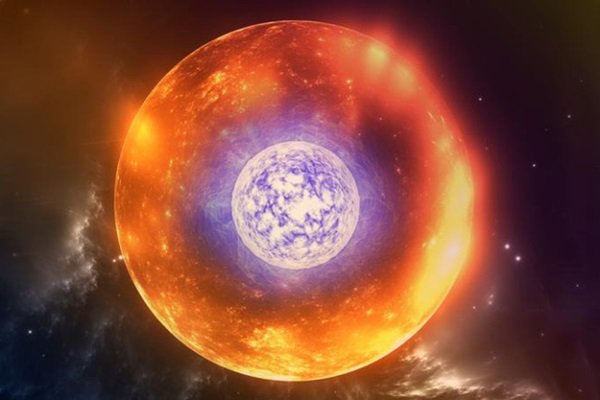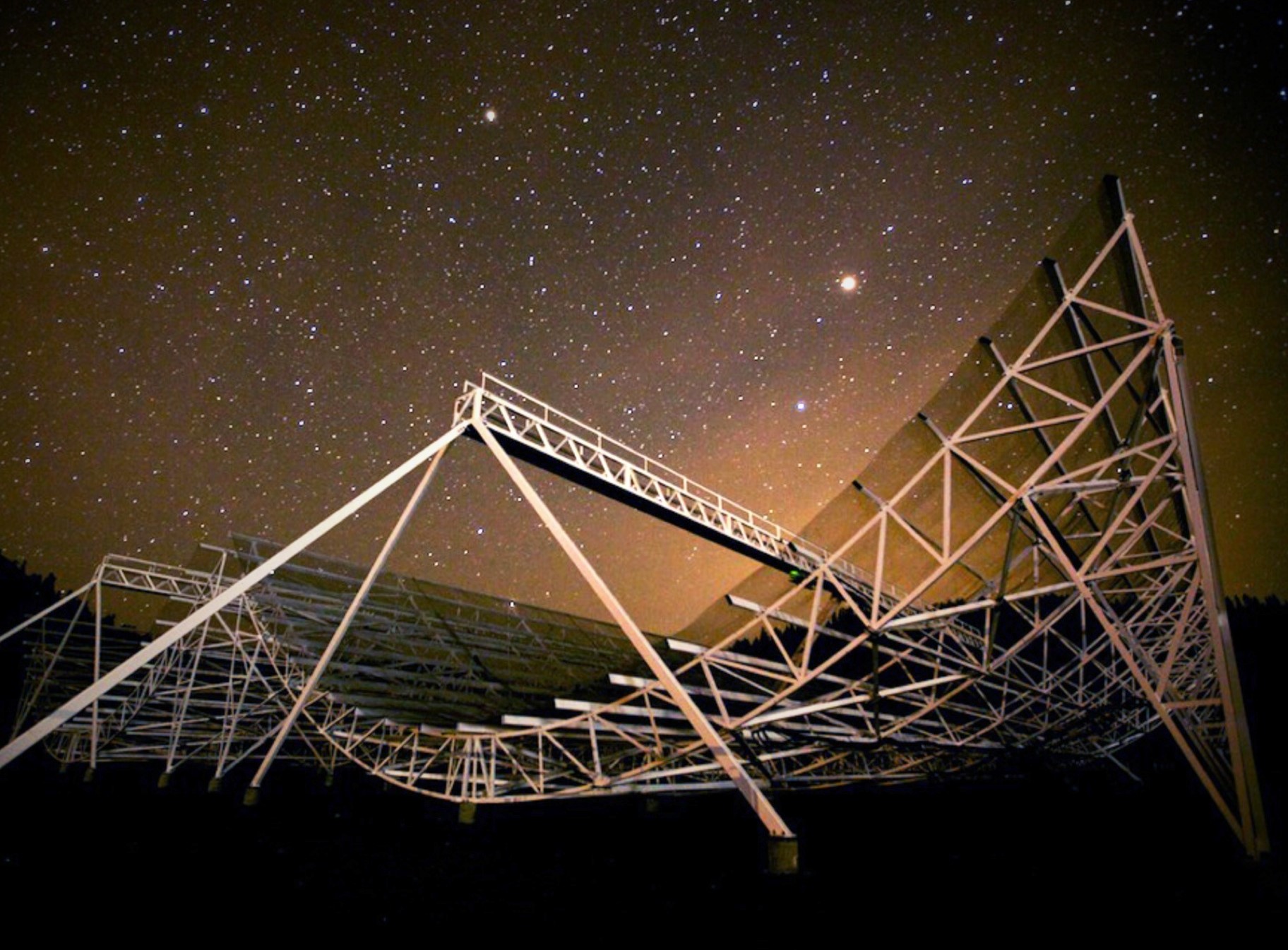Top Astronomy & Astrophysics research from the week of 8/23/2020
Next week’s night sky The moon reaches its full stage, halfway through its rotation around Earth, on Tuesday. This is a great time to look more closely at the moon! With a good set of binoculars, you should be able to make out the detail of the craters and planes of the lunar surface. On Saturday, the moon and Jupiter will be only around 1 degree apart. Just wait about half an hour after sunset, and then look for a reddish brown-object shining right near the moon. […]
Read more